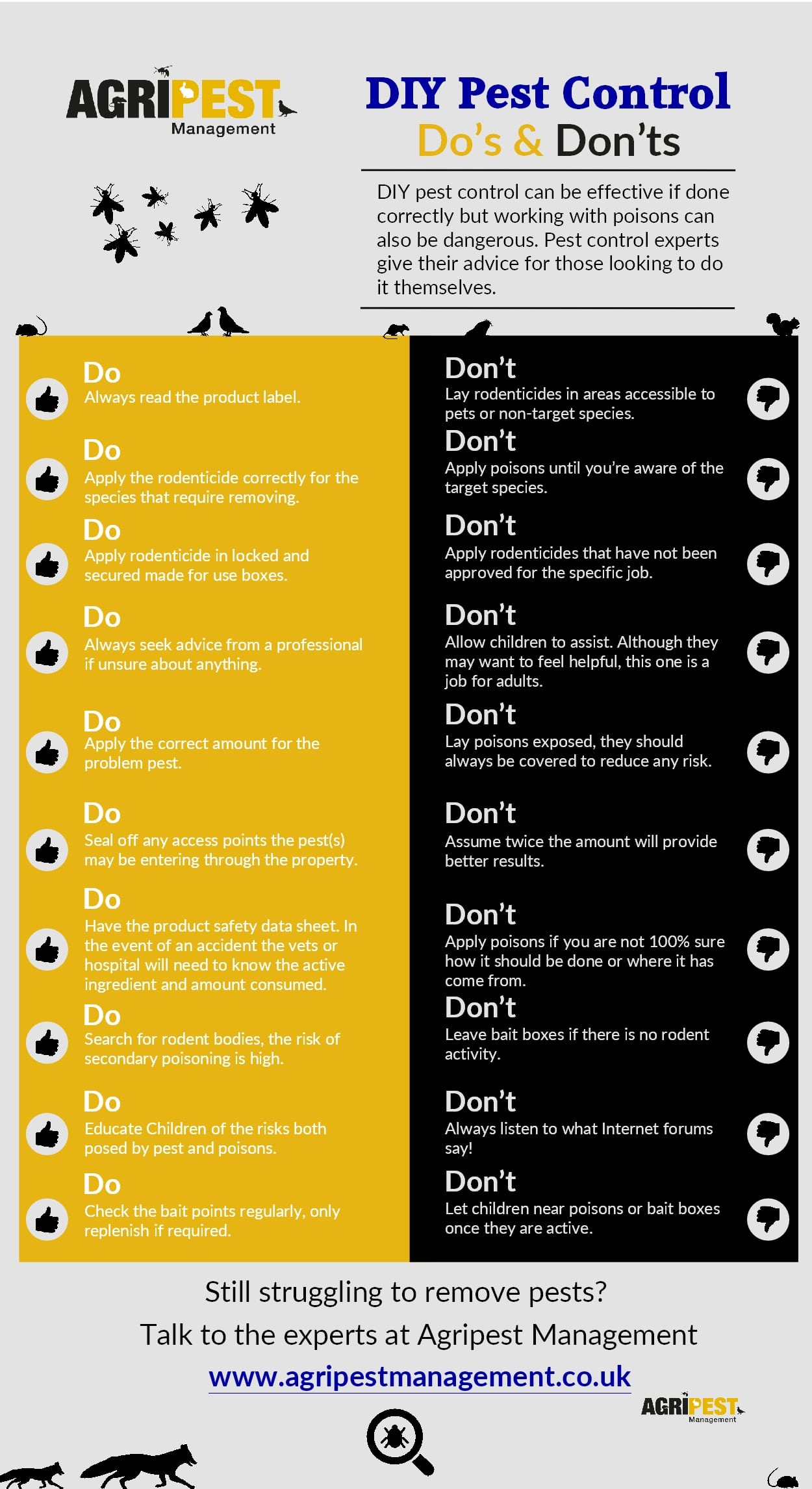Imagine your attic room as a cozy Airbnb for rats, with insulation as fluffy as hotel cushions and circuitry more luring than space solution. Currently, visualize these unwanted guests throwing a wild event in your home while you're away. As a home owner, ensuring your attic is rodent-proof is not almost comfort; it's about securing your home and liked ones. So, what easy actions can you take to secure your sanctuary from these fuzzy intruders?
Inspect for Entrance Details
To begin rodent-proofing your attic room, check for entry points. Start by carefully checking out the outside of your home, looking for any openings that rats can use to get to your attic room. Check for voids around energy lines, vents, and pipelines, in addition to any kind of cracks or openings in the foundation or house siding. Make best flea and tick control to pay very close attention to locations where different structure materials meet, as these are common entry factors for rats.
Furthermore, inspect the roof for any type of damaged or missing roof shingles, as well as any type of voids around the sides where rodents might press via. Inside the attic room, look for indications of existing rodent task such as droppings, ate wires, or nesting products. Use a flashlight to extensively examine dark edges and concealed areas.
Seal Cracks and Gaps
Check your attic thoroughly for any kind of cracks and spaces that need to be secured to avoid rats from entering. Rats can press with even the smallest openings, so it's important to secure any possible entry factors. Inspect around pipelines, vents, cable televisions, and where the wall surfaces satisfy the roofing system. Utilize a mix of steel wool and caulking to seal these openings efficiently. Steel wool is a superb deterrent as rats can't chew through it. Make sure that all voids are firmly secured to reject accessibility to undesirable insects.
Don't overlook the value of sealing spaces around windows and doors also. treating your yard for fleas stripping or door moves to secure these locations successfully. Check the areas where energy lines go into the attic room and secure them off utilizing an ideal sealant. By taking the time to seal all splits and spaces in your attic, you create an obstacle that rats will discover tough to violation. Avoidance is key in rodent-proofing your attic, so be comprehensive in your efforts to seal off any kind of possible access points.
Remove Food Resources
Take proactive measures to eliminate or save all possible food sources in your attic room to prevent rats from infesting the space. Rats are brought in to food, so removing their food sources is essential in maintaining them out of your attic.
Below's what you can do:
1. ** Store food firmly **: Stay clear of leaving any kind of food products in the attic room. Store all food in airtight containers made from metal or heavy-duty plastic to prevent rodents from accessing them.
2. ** Clean up particles **: Eliminate any kind of heaps of debris, such as old papers, cardboard boxes, or wood scraps, that rodents might make use of as nesting product or food resources. Keep the attic room clutter-free to make it much less appealing to rats.
3. ** Dispose of trash properly **: If you use your attic for storage and have trash or waste up there, make certain to take care of it routinely and effectively. Decaying trash bin bring in rats, so maintain the attic clean and devoid of any organic waste.
Conclusion
Finally, bear in mind that an ounce of avoidance deserves an extra pound of remedy when it comes to rodent-proofing your attic room.
By making the effort to examine for entrance factors, seal splits and voids, and eliminate food sources, you can keep unwanted parasites away.
Remember, 'An ounce of avoidance deserves a pound of treatment' - Benjamin Franklin.
Stay https://www.cbsnews.com/boston/news/jane-newhouse-wildlife-rescue-chelmsford-massachusetts-it-happens-here-wbz-tv/ and safeguard your home from rodent problems.
